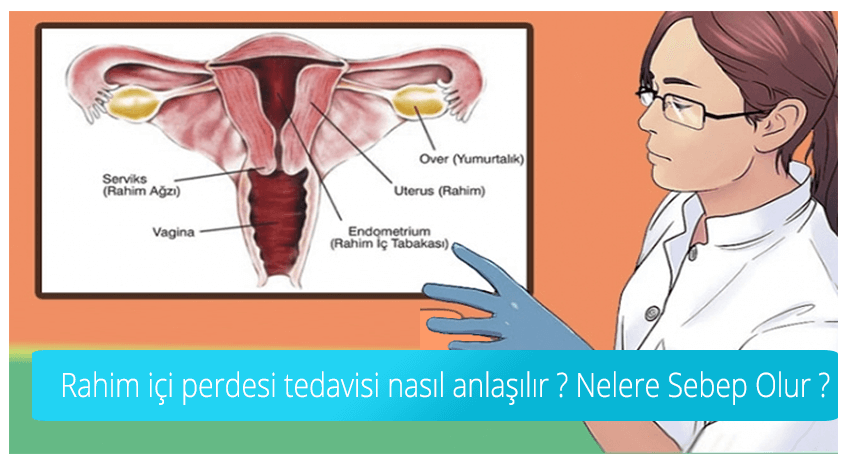Intrauterine curtain treatment
Uterine septum, as it is known among the people in the uterus curtain, the development of the uterus and vagina right and left in two parts of the development process, as a result of the unification of the uterus in the middle of a uterine difference. Depending on the depth of the uterine septum, that is, as the degree of stroke increases to the lower part of the uterus, the problems it creates increase.
What causes the curtain in the uterus?
It is more difficult for women with uterine curtain to conceive than other women. Therefore, it is one of the reasons that cause infertility in women. The curtain separating the uterus into two separate sections reduces the internal volume of the uterus required for embryo placement. Even though the embryo is located, pregnancy cannot grow and development stops because the veins that can provide the abundant blood supply that are needed during pregnancy are small. Therefore, both early and especially late abortions increase in women with this type of uterus.
In addition, the intrauterine curtain is one of the leading causes of premature birth. Because the uterine internal volume is small, it causes tension in the later weeks of pregnancy and the uterus cannot carry the baby, which may result in premature birth.
Kidney anomaly may also occur in 15-40% of women with uterine differences. In such a case, reproductive functions of the woman as well as other systems may be affected in different ways.
How to tell if there is a curtain in the uterus?
The diagnosis of uterine curtain is best made with HSG, that is, the uterus film. In fact, we see a lot of this screen in patients we do ultrasound. However, the uterine film is the gold standard for determining the depth of the veil and objectively evaluating how much the uterine internal volume is affected. In the uterus film we can see the uterus divided into two, but we cannot distinguish whether this image depends on the uterine vein (uterine septum) or the actual two uterine structures that we call the bicornuate uterus. The condition that we call the bicornuate uterus is completely different and the uterus is flattened from the top. Therefore, the approach to these patients is different. Ultrasonography, three-dimensional ultrasonography and laparoscopy (closed surgery) help us to distinguish this.
How is the intrauterine curtain treated?
Intrauterine curtain can be corrected by a method called hysteroscopy. In the method called hysteroscopy, the uterus is entered with the help of a camera and the curtain is cut with the help of a pair of scissors or electrical energy. Although the blood vessel in this vein is less and weaker than the normal uterine wall, there is the possibility of serious bleeding during the procedure. Therefore, it is possible to cauterize the vessels in the event of both cutting and bleeding with electrical energy and it is a much faster and safer approach. If the curtain areas cut after the process come to the tip, there is usually a chance to become handsome again and special gels are left inside to prevent these handsets. For this purpose, a normal spiral can also be inserted into the uterus. After a while it is withdrawn.
This procedure is performed under general anesthesia and the patient immediately resumes. There is no serious pain after the procedure. Simple painkillers will suffice. The patient may be discharged on the same day after the procedure.
Are there risks of cervical treatment?
Bleeding and uterine perforation are among the possible complications of hysteroscopy performed to open the curtain. However, these complications are extremely low in experienced hands. More than 90% of patients who had miscarriage and premature birth in their previous pregnancies and subsequently opened the cervix have a normal pregnancy in their subsequent pregnancy and have the chance to go home with a healthy child. Therefore, surgery will be the right choice for these patients.


Add Your Comment